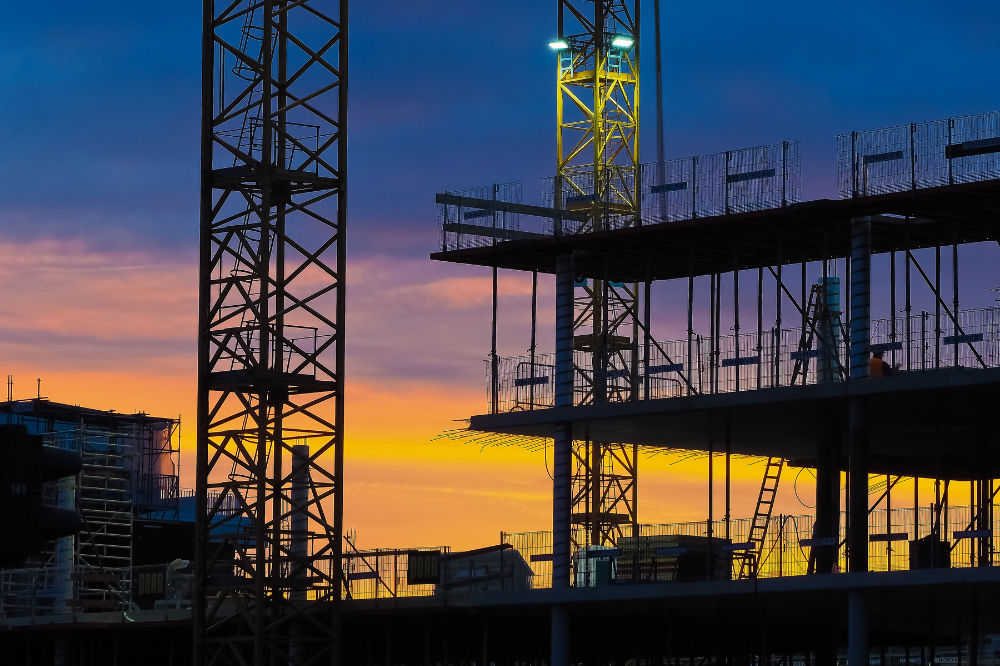Keeping workplaces safe and healthy is paramount, regardless of whether it’s in the construction, retail, or hospitality sector. Yet, with various accreditations out there, understanding them can be challenging… but they don’t have to be.
Let’s simplify things here as we break down only some of the best types of health and safety accreditations to help you understand each type.
Why Is Health and Safety Accreditation Important?
Safety accreditations are important as they make sure you comply with safety regulations, which in turn guarantees a safe workplace. They are given after audits and monitoring that validate adherence to standards and demonstrate a commitment to protecting personnel and minimising accidents.
Accreditations for health and safety are critical for workplace safety and can help reduce accidents, legal liability, and financial loss. Their contribution also has other benefits, such as improving trust and reputation, and simply making things work better.
Different Types of Health and Safety Accreditations
Different types of health and safety accreditations are relevant to different industries and places of work. Gaining the best accreditations is highly beneficial for a company’s reputation. Let’s learn about the different types including NEBOSH, IOSH, CITB, first aid, fire safety, environmental management, health and safety, risk assessment and workplace environment.
NEBOSH
NEBOSH, or the National Examination Board in Occupational Safety and Health, stands tall as the gold standard in health and safety accreditation. It offers a range of qualifications suitable for everyone, from employees to managers. NEBOSH courses cover a broad spectrum of topics, including risk assessment, incident investigation, and health and safety management systems.
IOSH
IOSH, or the Institution of Occupational Safety and Health, concentrates on making safety available to all. Their certifications cater to individuals at all different levels of responsibility within an organisation. Whether you’re a worker, supervisor, or manager, IOSH provides training and accreditation to improve your knowledge and undertaking of health and safety practices.
CITB (Construction-Specific Accreditation)
If you work in the construction industry, there is an organisation called CITB (Construction Industry Training Board) that offers specific qualifications related to health and safety.
These qualifications are designed to prepare you for the potential risks and challenges that come with working in a construction environment. Whether it’s ensuring site safety or operating machinery, CITB provides the necessary knowledge and skills to work safely in the construction industry.
First Aid Certifications
First aid certifications are a fundamental aspect of health and safety training. These accreditations give individuals the skills to react effectively to medical emergencies. From basic first aid to more advanced techniques like CPR, first aid certifications allow people to save lives in urgent situations.
Fire Safety Training
Fire safety training is crucial for every workplace and accredited courses cover fire prevention, evacuation procedures, and the use of firefighting equipment. By making sure that your employees are trained in fire safety, the company can minimise the risk of fire-related incidents and protect both the beloved staff and property.
Environmental Management
Nowadays, it’s very important to be mindful of our environment and if you gain environmental management accreditations, this can help individuals and organisations learn about ways to reduce their impact on the environment.
This can include things like reducing waste and conserving resources, which ultimately promote sustainable practices. By learning and implementing these practices, we can help protect our planet for future generations.
Health and Safety Legislation
It’s important to prioritise workplace safety, and health and safety legislation plays a crucial role in achieving this goal. Accredited courses in health and safety law can help individuals gain a thorough understanding of their legal obligations and responsibilities.
If you, as the business owner, stay informed about relevant legislation, you can create safer working environments for everyone and ensure you’re complying with health and safety regulations.
Risk Assessment Training
If you put into practice training in risk assessment, it will teach individuals how to identify hazards, assess risks, and implement control measures. By completing thorough risk assessments, there will be so much fewer injuries in the workplace.
Workplace Ergonomics
Designing workspaces that are comfortable, efficient, and safe is the primary focus of ergonomics. Businesses can gain accreditation in workplace ergonomics to optimise their environments, prevent musculoskeletal disorders, and improve employee wellbeing.
If businesses take the time to put this into practice, it can increase productivity and reduce the risk of the workplace.
Making Health and Safety Accreditations Simple
Health and safety accreditations often seem daunting, but with simple explanations, they don’t have to be. By learning about the different types of accreditations available, individuals and organisations can take proactive steps to create safer, healthier workplaces.
Regardless of the accreditations you choose to implement in your workplace, you should be sure to choose the relevant ones for your industry and operations. This way you’ll be able to experience the best results in your offices, construction sites, and other workplace environments.





























